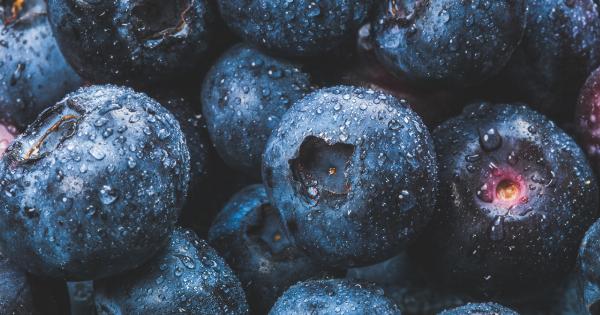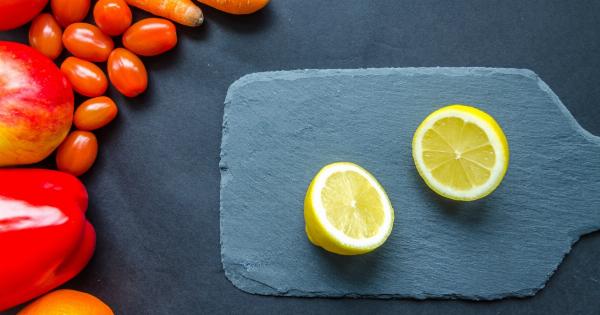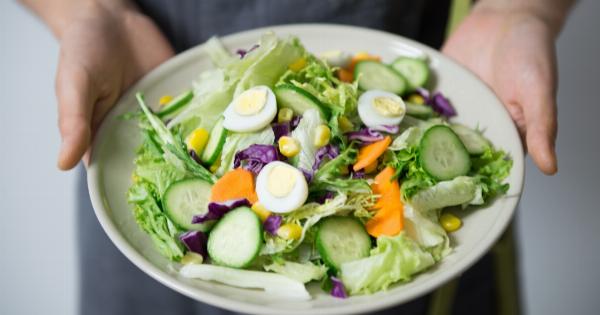Cholesterol is an essential component of our cell membranes, hormones, and bile acids. However, too much of it can increase the risk of heart disease, stroke, and other cardiovascular problems.
There are two types of cholesterol: high-density lipoprotein (HDL) or “good” cholesterol, and low-density lipoprotein (LDL) or “bad” cholesterol.
HDL carries cholesterol away from the arteries to the liver, while LDL deposits it in the artery walls, leading to atherosclerosis or narrowing of the arteries.
To maintain healthy cholesterol levels, it is important to eat a balanced diet that includes foods that can help lower LDL and raise HDL. Here are five food groups that have been shown to have cholesterol-lowering properties:.
Fruits and Vegetables
Fruits and vegetables are rich in fiber, vitamins, minerals, and antioxidants that can help reduce LDL levels. Soluble fiber, in particular, binds to cholesterol in the gut and prevents its absorption into the bloodstream.
Examples of high-fiber fruits and vegetables include:.
- Apples
- Pears
- Berries
- Citrus fruits
- Bananas
- Avocados
- Sweet potatoes
- Peas
- Brussels sprouts
- Broccoli
- Carrots
- Spinach
Whole Grains
Whole grains are rich in fiber, vitamins, and minerals, and can lower LDL levels by binding to cholesterol in the gut.
They also have a lower glycemic index compared to refined grains, which means they do not cause a rapid spike in blood sugar and insulin.
Examples of whole grains include:.
- Oats
- Barley
- Brown rice
- Quinoa
- Buckwheat
- Whole wheat
- Rye
- Spelt
Beans and Legumes
Beans and legumes are rich in soluble fiber, protein, and minerals, and can reduce LDL levels by up to 15%. They also have a low glycemic index and can help regulate blood sugar and insulin levels.
Examples of beans and legumes include:.
- Black beans
- Lentils
- Chickpeas
- Pinto beans
- Kidney beans
- Navy beans
- Green peas
- Lima beans
Nuts and Seeds
Nuts and seeds are rich in healthy fats, protein, fiber, and antioxidants, and can lower LDL levels by up to 20%. They are also associated with a lower risk of heart disease and diabetes.
Examples of nuts and seeds include:.
- Almonds
- Walnuts
- Cashews
- Pecans
- Pistachios
- Chia seeds
- Flax seeds
- Sesame seeds
- Sunflower seeds
Fatty Fish
Fatty fish are rich in omega-3 fatty acids, which can raise HDL levels, reduce inflammation, and decrease triglycerides. They are also associated with a lower risk of heart disease and stroke.
Examples of fatty fish include:.
- Salmon
- Tuna
- Mackerel
- Sardines
- Trout
- Herring
While these food groups can help lower cholesterol levels, it is also important to limit intake of saturated and trans fats, which can increase LDL levels.
Foods high in saturated and trans fats include red meat, dairy products, fried foods, baked goods, and processed snacks.
In addition to a healthy diet, other lifestyle factors that can improve cholesterol levels include regular exercise, maintaining a healthy weight, quitting smoking, and managing stress.



























